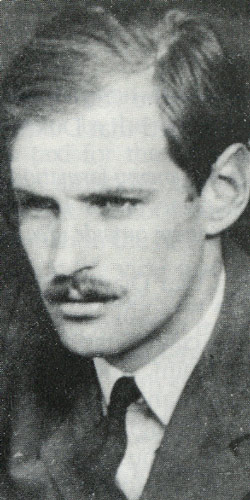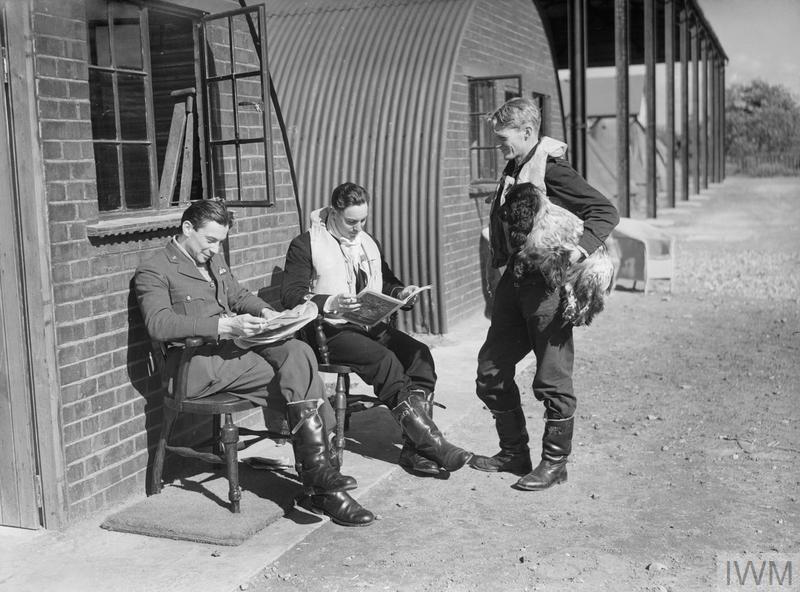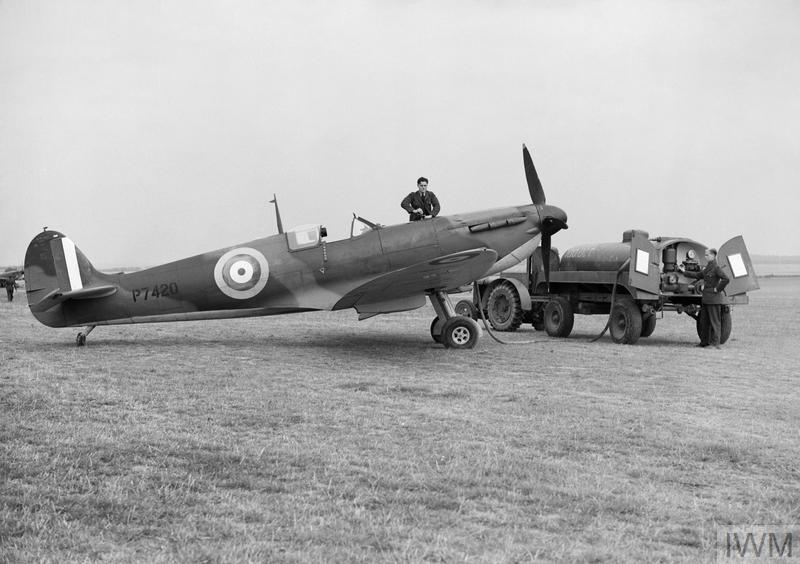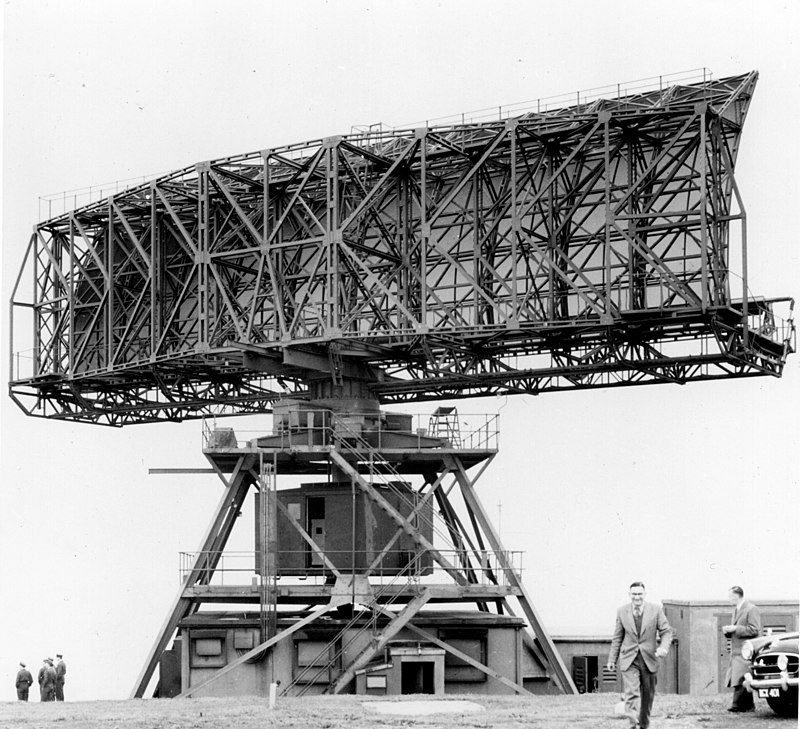It was early morning on 31 August 1940 at the height of the Battle of Britain. The first enemy raid of the day was a fighter sweep, with Air Vice-Marshal Park, AOC 11 Group, ordering his fighters not to engage and to save themselves for the bombers, which were undoubtedly coming soon.

The second raid, comprising over 200 bombers and 60 escorting fighters was detected just after 0800, with squadrons from both 11 and 12 Groups scrambled to meet them. One of those squadrons was 19 Squadron, based at Fowlmere, a satellite station of RAF Duxford. Flying Officer JB Coward was in the 19 Squadron formation; he was a relatively experienced pilot, having joined the Squadron in 1937 and seen action over Dunkirk. 19 Squadron flew the Spitfire Mk IB, in which the eight Browning machine guns were replaced with two 20mm Hispano cannons, but these were temperamental and often jammed after firing a few rounds. This issue would ruin Fg Off Coward’s day...

Commencing an attack on a formation of Dornier 17 bombers, Coward found his cannons jammed just as he, in turn, was attacked. Enemy fire damaged his aircraft and his left leg was almost severed below the knee. Abandoning his doomed Spitfire, Coward took to his parachute. While descending underneath the silk, he recognised that his blood loss from his leg wound was becoming critical, but he had the presence of mind to rip his radio cord from his helmet and fashion a makeshift tourniquet. When he landed, nearby civilians, including a doctor, treated him until an ambulance arrived. In hospital, his left leg was amputated below the knee, and he spent the next fifteen months recuperating before returning to flying duties.

After the war, then Squadron Leader Coward remained in the Royal Air Force. As a Wing Commander, he was posted to command Royal Air Force Boulmer in 1957. At that time, the Station had only been re-opened for a few years; equipped with the state-of-the-art Type 80 radar, its operations were conducted from the new R3 bunker and it acted as the Group Control Centre for 13 Group, Fighter Command. During his time as Station Commander, he was promoted to Group Captain, and went on to serve in both Australia and South Africa, and as the Commandant of the Air Training Corps.

Boulmer in the mid-1950s.
We are proud to have Air Commodore Coward, as he later became, as an example of courage and resilience to all on our Station, and particularly his successors on 19 Squadron.








